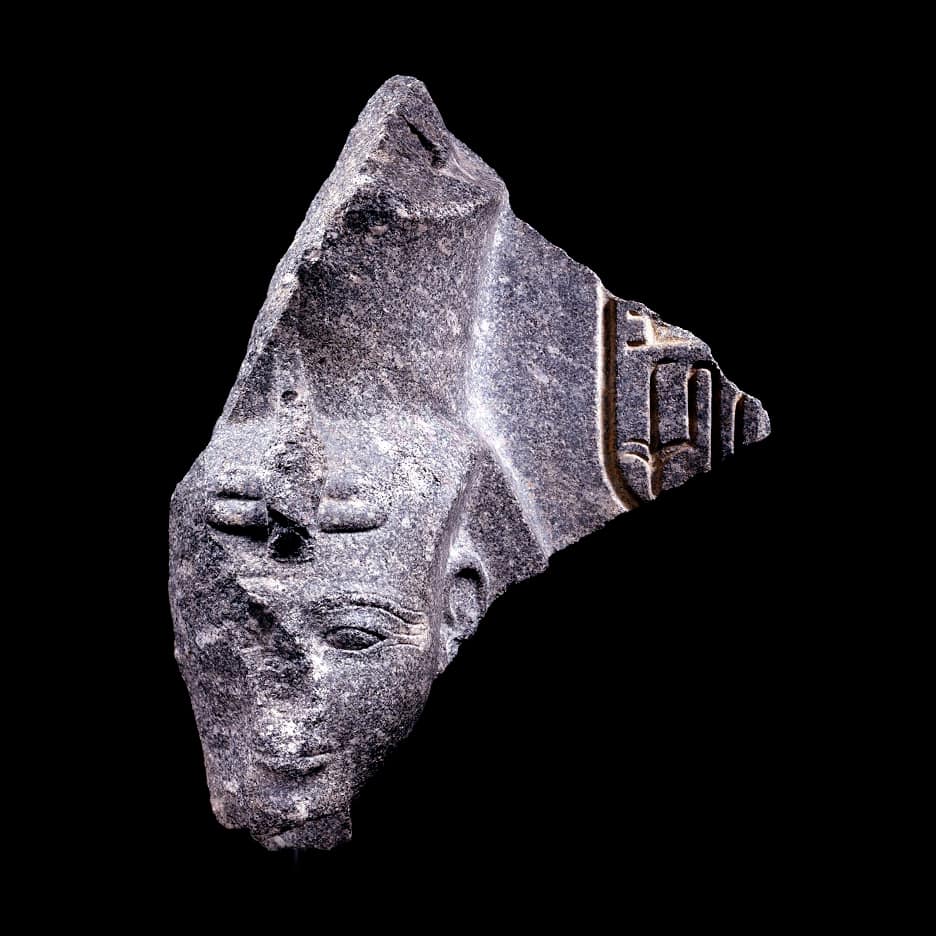
A 3,400-year-old statue of the head of King Ramses II has been returned to Egypt after it was stolen and smuggled out of the country more than 30 years ago, the country’s antiquities ministry said on Sunday.
The statue is being kept in the Egyptian Museum in Cairo, though not on display. The artifact will be restored, the ministry said in a statement.
The statue was stolen from the Ramses II temple in the ancient city of Abydos in Southern Egypt more than 30 years ago. The precise date is unknown, but Shaaban Abdel Gawad, who heads Egypt’s antiquities repatriation department, said the piece is estimated to have been stolen in the late 1980s or early 1990s, as reported by Reuters.
Egyptian authorities noticed the artifact when it was put up for sale in an exhibition in London in 2013. It was taken to several other countries before finally making its way to Switzerland, according to the antiquities ministry.
“This head is part of a group of statues depicting King Ramses II seated alongside a number of Egyptian deities,” Gawad told Reuters.
Ramses II was one of ancient Egypt’s most powerful rulers and was also known as Ramses the Great. He was the third pharaoh of the Nineteenth Dynasty of Egypt and ruled from 1279 to 1213 BC.
Egypt worked with Swiss authorities to establish its rightful ownership, and Switzerland handed over the statue to the Egyptian embassy in Bern last year. The country only recently brought the artifact home.
Who was King Ramses II of Egypt?
In ancient Greek sources, King Ramses II was called Ozymandias, derived from the first part of his Egyptian-language regnal name: Usermaatre Setepenre. The pharaoh was also referred to as the “Great Ancestor” by successor pharaohs and Egyptians in general.
For the early part of his reign, he focused on building cities, temples, and monuments. After establishing the city of Pi-Ramesses in the Nile Delta, he designated it as Egypt’s new capital and used it as the main staging point for his campaigns in Syria.
He led several military expeditions into the Levant, where he reasserted Egyptian control over Canaan and Phoenicia. King Ramses II also led a number of expeditions into Nubia, all commemorated in inscriptions at Beit el-Wali and Gerf Hussein. Furthermore, he celebrated an unprecedented thirteen or fourteen Sed festivals. This was more than any other pharaoh.
Estimates of his age at death vary, although 90 or 91 is considered to be the most likely figure. Upon his death, he was buried in a tomb in the Valley of the Kings. His body was later moved to the Royal Cache, where it was discovered by archaeologists in 1881.
King Ramesses II’s mummy is now on display at the National Museum of Egyptian Civilization, located in the city of Cairo.
See all the latest news from Greece and the world at Greekreporter.com. Contact our newsroom to report an update or send your story, photos and videos. Follow GR on Google News and subscribe here to our daily email!



